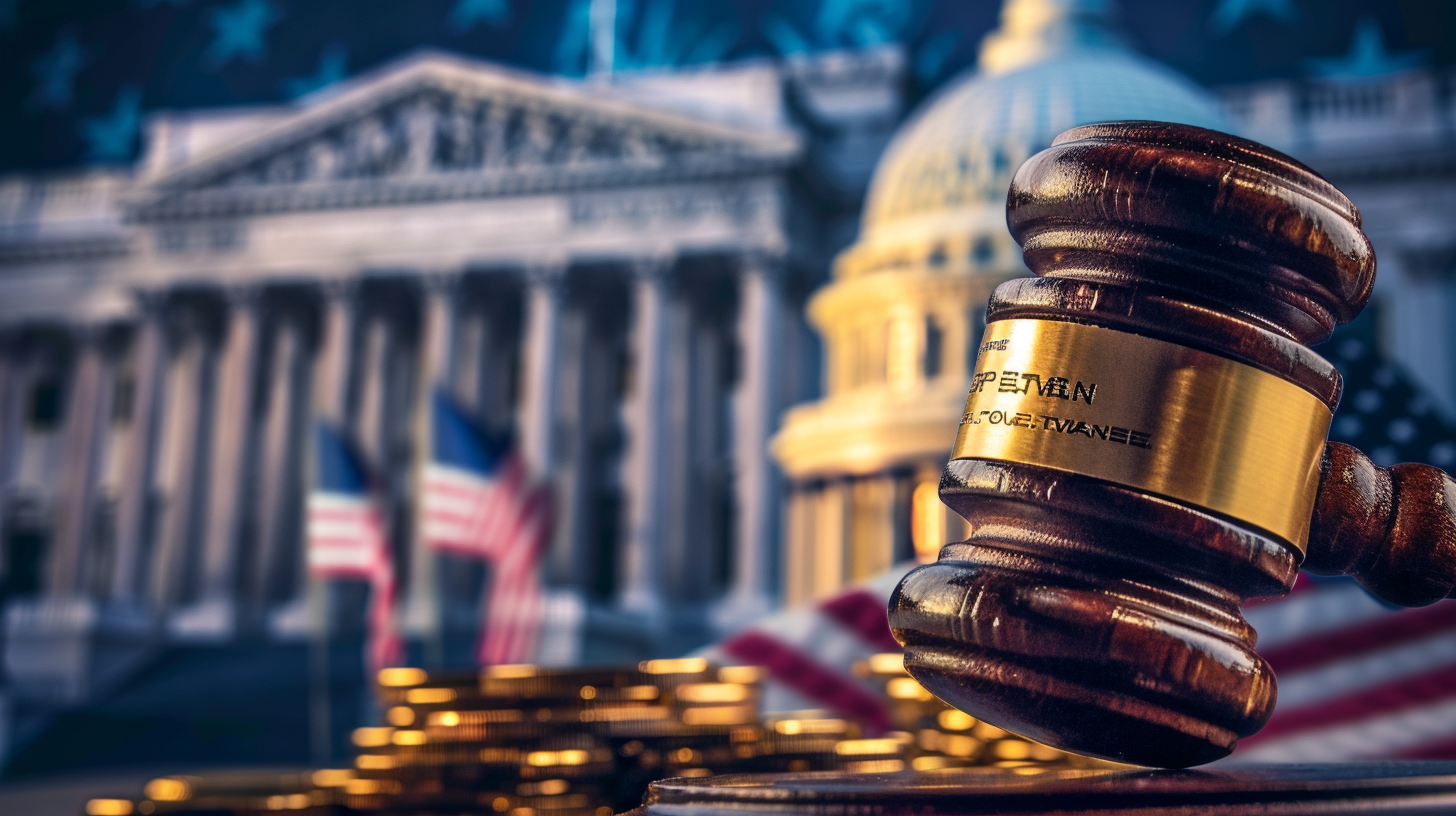In a historic move for the crypto industry, the U.S. Senate has passed the GENIUS Act—short for Guiding and Establishing National Innovation for US Stablecoins—laying the foundation for the first federal framework governing stablecoins. Though the bill still awaits approval from the House of Representatives and President Trump’s signature, its Senate passage marks a seismic shift in crypto policy that could reshape the digital asset landscape.
Stablecoins, digital tokens typically pegged to the U.S. dollar, are widely used for trading, payments, and preserving value in volatile markets. The GENIUS Act aims to bring oversight and legitimacy to this rapidly growing segment by requiring issuers to maintain full reserves in cash or U.S. Treasury assets, undergo routine audits, and publicly disclose their reserve compositions monthly.
The legislation has already catalyzed a dramatic response. According to CoinDesk, the total market capitalization of stablecoins surged to a record $251.7 billion, reflecting a 22% year-to-date increase. Industry leaders, including Circle (CRCL)—the largest U.S. stablecoin issuer—have hailed the bill as a breakthrough. Circle’s stock has soared 400% since going public in early June, signaling investor confidence in the sector’s regulated future.
“This bill gives us the right foundation,” said Dante Disparte, Circle’s Chief Strategy Officer. “Whether you’re a bank, a fintech, or a non-bank issuer, you now have a common regulatory floor.”
One of the most consequential elements of the GENIUS Act is its two-tiered regulatory approach: large issuers with over $10 billion in assets will fall under federal oversight, led by the Federal Reserve and Office of the Comptroller of the Currency (OCC), while smaller issuers will be supervised by state regulators. Additionally, the act prohibits stablecoins from paying interest, a provision meant to draw a clear line between digital currencies and traditional savings products.
The bill also restricts members of Congress and their families from profiting off stablecoin ventures—though notably excludes President Trump and his family, sparking some partisan criticism. Trump’s growing involvement in the sector, including the launch of USD1 stablecoin by his crypto firm World Liberty Financial, has raised eyebrows and energized Republican support.
Big banks and corporations are now eyeing stablecoin issuance. Bank of America has confirmed it is exploring options, and Amazon and Walmart are reportedly assessing opportunities, though both companies remain cautious. The potential for new entrants to bypass traditional payment rails like Visa and Mastercard could be disruptive—and lucrative.
Despite concerns over investor runs and tech monopolies, the GENIUS Act includes strict consumer protection clauses, criminal penalties for noncompliance, and Treasury approval for tech firms wishing to issue stablecoins. Treasury Secretary Scott Bessent projects the U.S. stablecoin market could exceed $2 trillion by 2028 if the bill becomes law.
As the House prepares to review the bill—possibly attaching it to broader crypto legislation—investors are bracing for what could be the most significant wave of adoption and innovation in crypto history. If passed in full, the GENIUS Act could signal not just regulation—but a rebranding of stablecoins from speculative tools to mainstream financial instruments.

